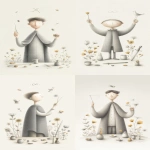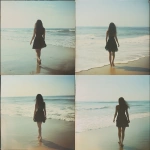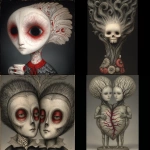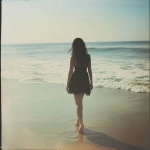Explore the Best AI Image Gallery
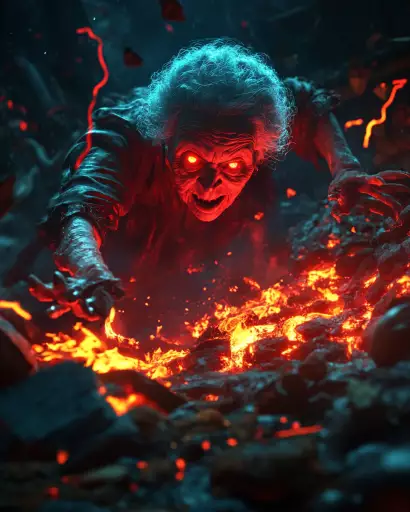
Beyond Pixels: AI Image Creation Tools and the Future of Creativity
The ability to conjure images from words alone has long been a staple of science fiction. Today, with the advent of powerful artificial intelligence (AI) image creation tools, this once fantastical notion is rapidly becoming reality. These tools, fueled by deep learning algorithms and massive datasets of visual information, are capable of generating stunningly realistic and imaginative artwork, opening up a new chapter in the evolution of creative expression.
A Revolution in Artistic Expression
AI image creation tools empower artists with unprecedented levels of control and flexibility. They can experiment with diverse styles, seamlessly blend concepts, and iterate on designs with ease. Imagine a painter who can instantly visualize their ideas in high resolution, or a designer who can effortlessly create variations of a product concept.
- Democratizing Creativity: These tools are breaking down barriers to entry for aspiring artists and designers who may lack traditional training or resources.
- Accelerated Design Processes: Industries like advertising, fashion, and game development can leverage AI to rapidly prototype concepts and visualize ideas, significantly reducing time-to-market.
- Novel Artistic Explorations: AI can push the boundaries of creativity by generating unexpected combinations and exploring uncharted territories in art and design.
Applications Across Industries
The potential applications of AI image creation tools extend far beyond the realm of fine art.
- Marketing and Advertising: Generating eye-catching visuals for campaigns, product mockups, and social media content.
- Entertainment: Creating concept art for films, video games, and virtual reality experiences.
- Architecture and Design: Visualizing architectural plans, interior designs, and product prototypes.
- Education: Providing students with interactive tools for exploring artistic concepts and visualizing complex ideas.
Navigating the Ethical Landscape
While AI image creation tools offer immense potential, they also raise important ethical considerations that require careful attention.
- Copyright and Ownership: Questions arise regarding the ownership of AI-generated artwork, as well as the potential for copyright infringement.
- Bias and Representation: AI models are trained on existing data, which may contain biases that reflect societal stereotypes. It is crucial to ensure that AI-generated images do not perpetuate harmful representations.
- Transparency and Accountability: The decision-making processes of AI algorithms can be opaque, making it difficult to understand how images are generated. Transparency in these processes is essential for building trust and accountability.
The Future of Creative Collaboration
AI image creation tools are not intended to replace human creativity but rather to augment and enhance it. The future likely holds a collaborative landscape where AI and humans work together, leveraging the strengths of each.
- AI as a Creative Partner: Imagine collaborating with an AI that can suggest new ideas, generate variations on your designs, or help you overcome creative blocks.
- Personalized Creative Experiences: AI could enable highly personalized creative workflows, tailoring tools and suggestions to individual artistic styles and preferences.
Conclusion
AI image creation tools represent a powerful force shaping the future of creativity. While navigating ethical considerations is crucial, the potential for innovation, artistic expression, and collaborative exploration is immense. As these tools continue to evolve, we can expect to witness groundbreaking advancements that blur the lines between imagination and reality.
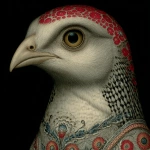

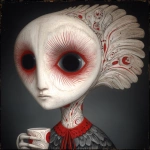
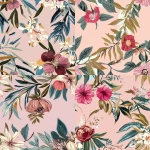
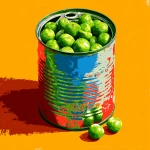

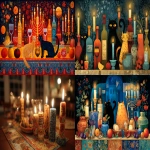
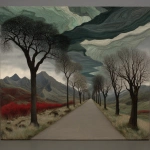
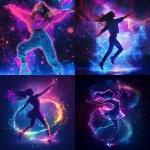
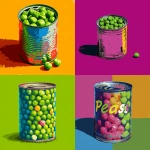

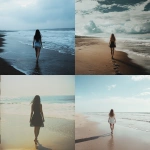
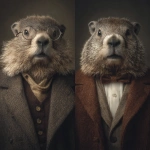
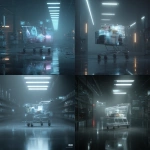
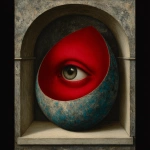
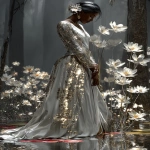
](https://images.ai-img.art/thumbnails/150/45237dfa7845159b860f9e234c48c4418e8efcb52b4d15da4493f46e6a99f337.webp)
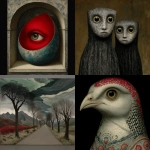
](https://images.ai-img.art/thumbnails/150/6a9bb97a3f1c45ab616724cc54bca010cbcc2d658a9c0e4581aa181c88046444.webp)
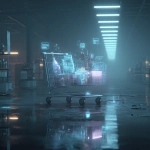
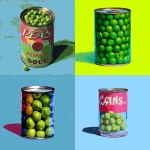
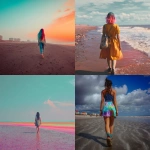
](https://images.ai-img.art/thumbnails/150/6a577517a359cd2bc6212d6b0f12c7cab660841317023550a76c84f409c7f2d0.webp)
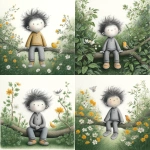
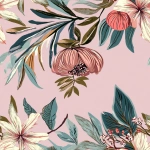
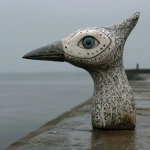
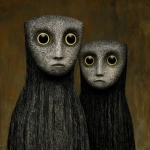
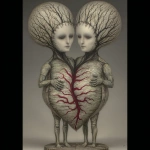
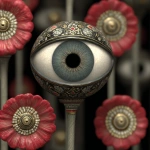
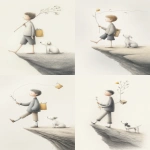
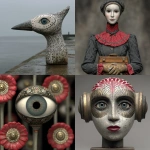



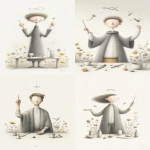
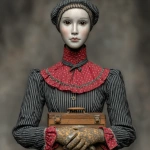
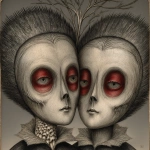
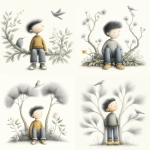
](https://images.ai-img.art/thumbnails/150/1b14bd827b740aca3b0d8efa7ed6865e28c7c8382172f3f565c96b6c5f64ca78.webp)
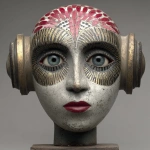
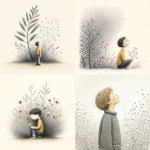
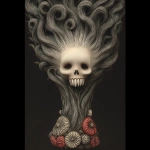
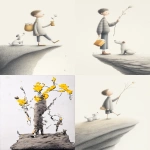
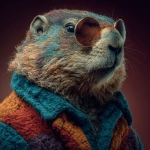

](https://images.ai-img.art/thumbnails/150/065f0b2e150f4cc43a9da80d822e8a385e9e50f2f6ff2cc3be7639cfd74952da.webp)
